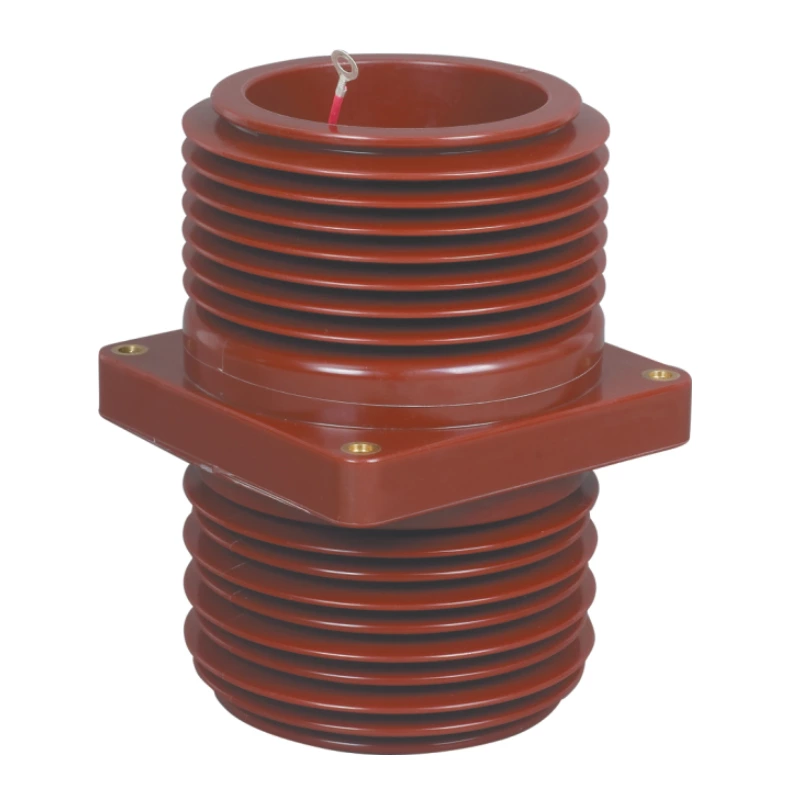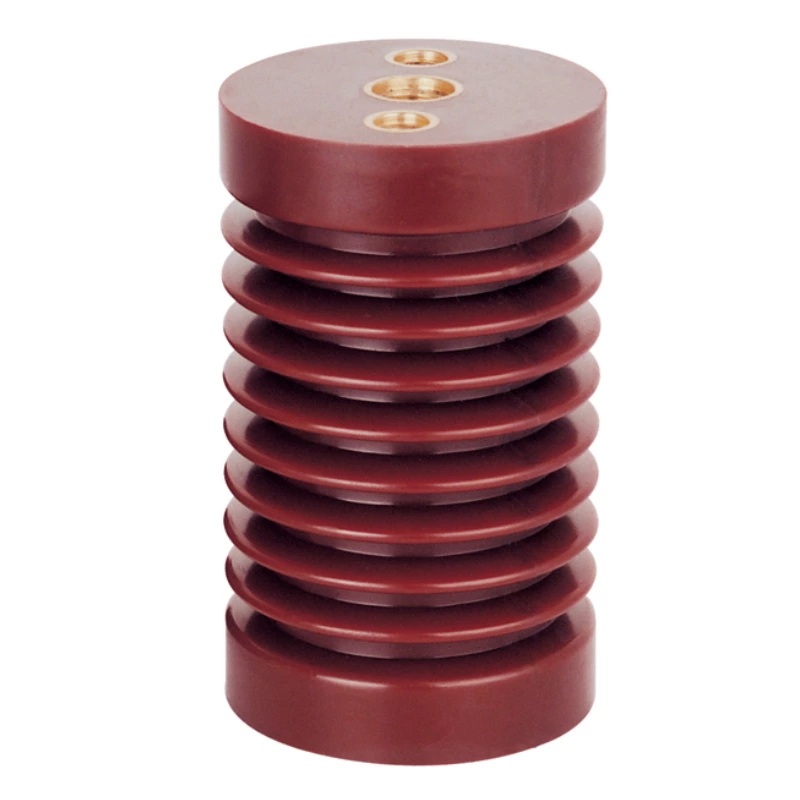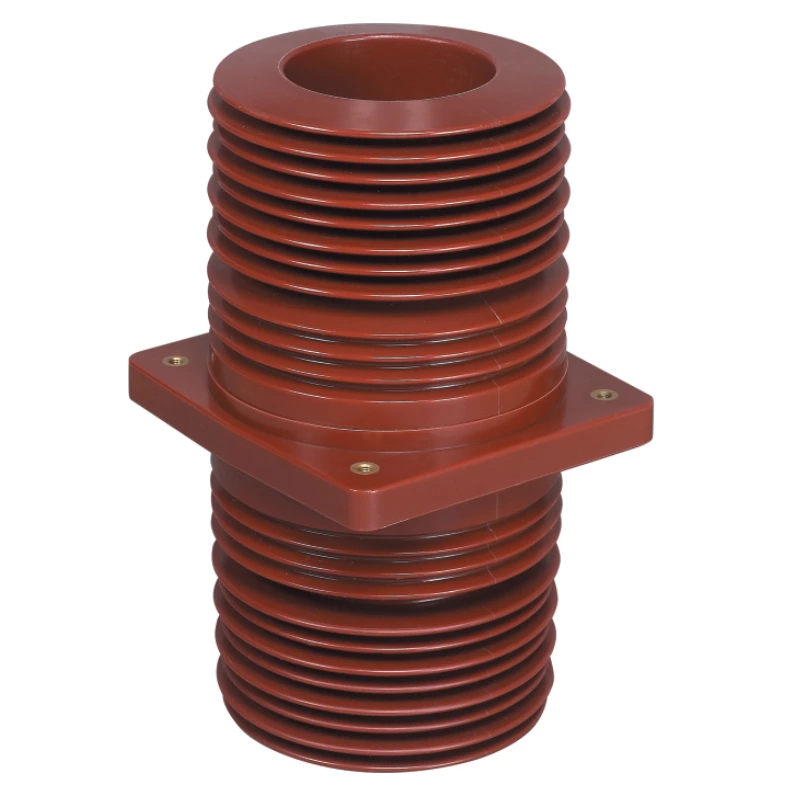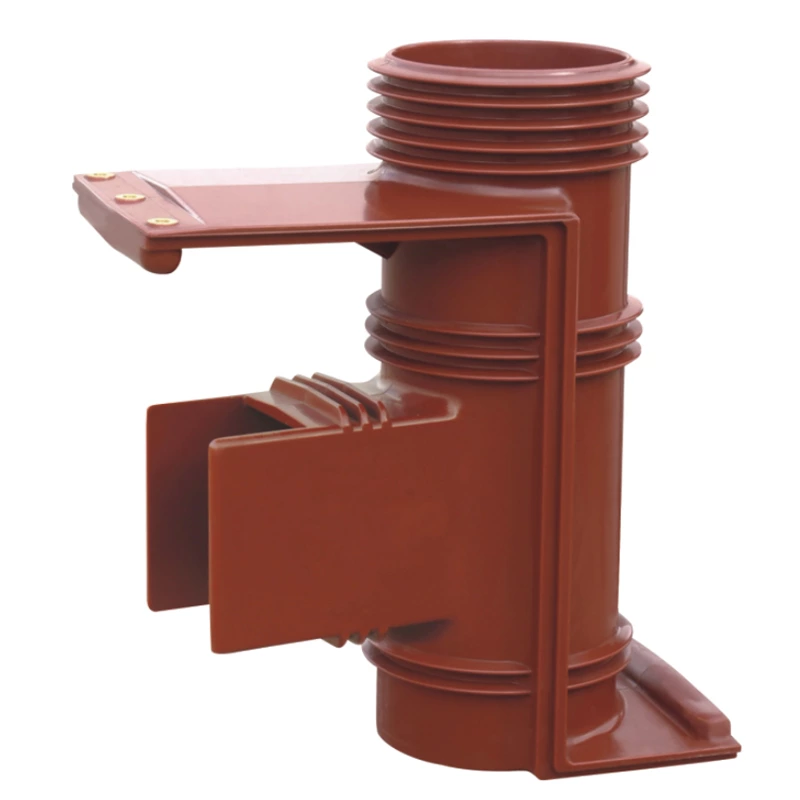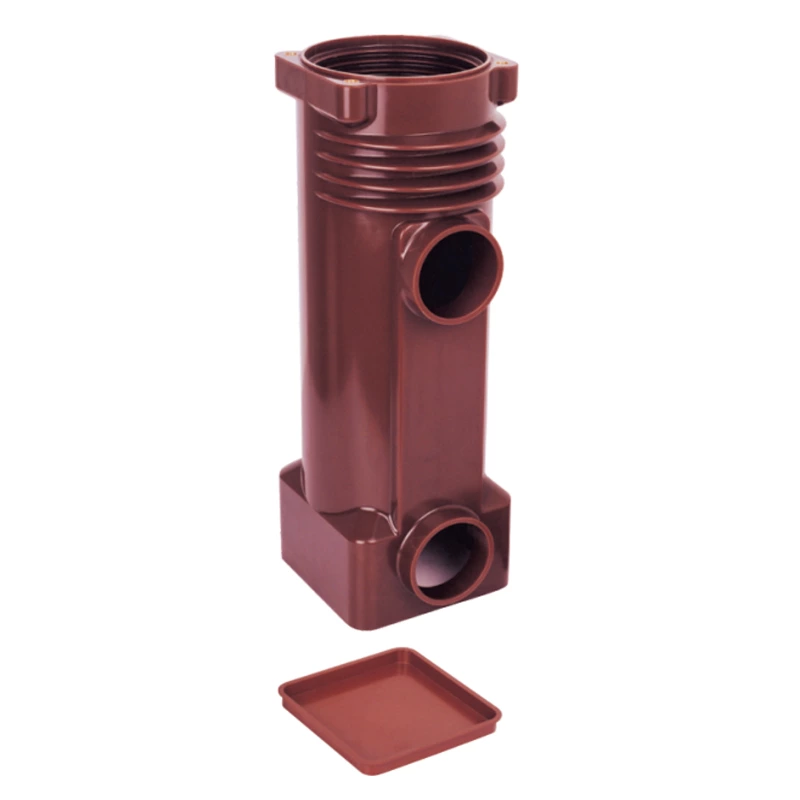Track Circuit Epoxy Sleeve Joint Division Of Labor
Introduction:
Track circuit is a very important part of the railway system. As the basis of signal transmission and electrical grounding, it must ensure good insulation performance. In the track circuit, the insulating joint plays a key role in connecting cables and maintaining circuit insulation. In this article, we will explore the division of labor of track circuit insulating joints in depth, understand the importance of different types of insulating joints in the railway system, and their functions and roles in practical applications.
1. Basic concepts and classifications of track circuit insulating joints
1. Definition and function of track circuit insulating joints
Track circuit insulating joints refer to a device used to connect cables and maintain circuit insulation. It can effectively isolate mutual interference between different circuits and prevent current leakage to ensure the safe operation of the railway system.
2. Classification of insulating joints
According to different insulation principles and structures, track circuit insulating joints can be divided into the following categories:
a. epoxy bushing joint: epoxy resin bushing is used to cover the cable at the joint to achieve circuit isolation.
b. Dry joint: By filling the cable at the joint with desiccant material, the joint is kept dry and the insulation performance is improved.
c. Plasma joint: Use the characteristics of plasma under high-frequency electric field to achieve circuit isolation and insulation.
d. Prefabricated insulating joint: Insulating joints pre-made in the factory, used by directly connecting cables.
2. Functions and application areas of different types of insulating joints
1. Functions and applications of epoxy resin cast bushing type joints
epoxy bushing manufacturer type joints are usually composed of epoxy bushing for transformer, joint core wires and connectors. Their main functions are:
a. Isolate interference between different circuits to ensure accurate signal transmission.
b. Protect the cable at the joint from damage by the external environment and increase the service life of the cable.
Insulating sleeve joints are widely used in ordinary carriageways, stations, subways and other railway systems to ensure stable operation of the circuit.
2. Functions and applications of dry joints
Dry joints are generally composed of inner insulation layer, outer insulation layer, desiccant material and waterproof layer. Their main functions are:
a. Keep the joint dry and improve insulation performance.
b. Prevent moisture from entering the joint to prevent the cable insulation layer from getting damp and reducing insulation performance.
Dry type joints are widely used in railway systems with high humidity or often exposed to water, such as coastal lines and cross-sea bridges.
3. The role and application of plasma joints
Plasma joints use the high conductivity of plasma under high-frequency electric fields to achieve high-frequency isolation and insulation of circuits. Its main functions are:
a. High-frequency isolation: Through the presence of plasma, high-frequency signals are isolated and mutual interference between circuits is reduced.
b. High-frequency insulation: Plasma is highly conductive under high-frequency electric fields, effectively preventing current leakage.
Plasma joints are mainly used in high-speed railways and communication signal transmissions that require high-frequency isolation and insulation.
4. The role and application of prefabricated insulating joints
As a complete set of insulating joint devices, prefabricated insulating joints have the following characteristics:
a. Provide higher insulation performance and reduce the difficulty of construction during installation.
b. Reduce construction time and improve the construction efficiency of track circuits.
Prefabricated insulating joints are widely used in large-scale railway projects, complex terrain or construction occasions with harsh environmental conditions.
Conclusion: Track circuit insulation joints play a vital role in the railway system. Different types of insulation joints play different roles and effects under different working conditions of the railway system according to different insulation principles and structures. Only by selecting suitable insulation joints and correctly installing and maintaining them can we ensure the good insulation performance of the track circuit and ensure the safety and reliability of railway transportation. For the future development of the railway system, we should further study and improve the insulation joint technology to meet the higher requirements of railway engineering and operating conditions.
